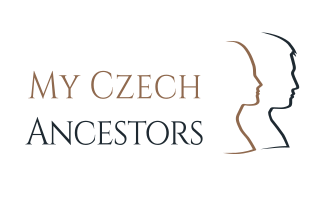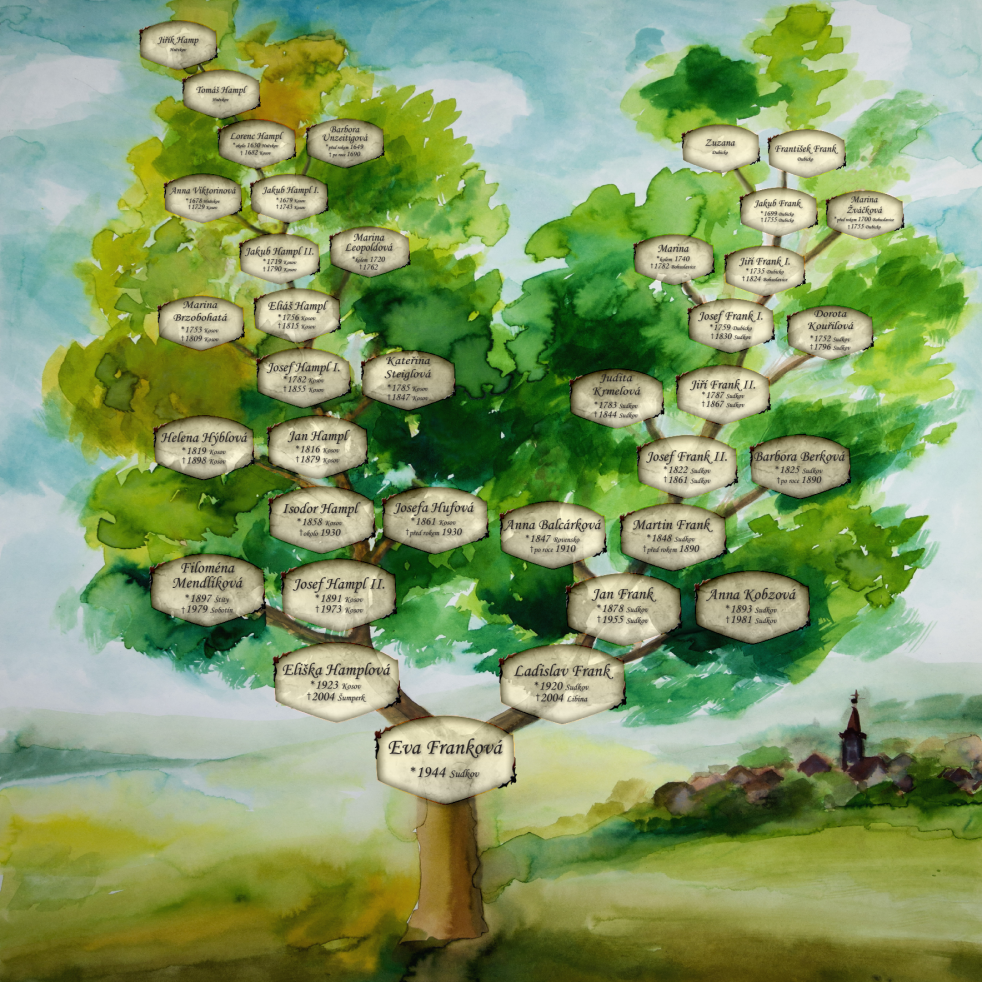They say we should study history to learn from our ancestors’ mistakes. Indeed – we can often be surprised by how many parallels and repeating situations can be found in a family tree. After all, we share the same genes with our ancestors, the same character traits. Let’s take a look at what can our family tree and old records tell us about people we got our traits from.
Family Ties
Among other things, your family tree will tell you how big the family you come from is – apart from your direct ancestors, it can give you information about how many siblings each of them had. You may be surprised to find out that your ancestor had nine or more siblings, it wasn’t anything unusual until recently. Unfortunately, not all the children lived long enough to reach adulthood.
If any of your ancestors was an illegitimate child, finding their father is usually difficult. In these cases, the box with information about a child’s father used to remain empty in the vital record. It was Maria Theresa who introduced the obligation to state fathers in vital records. However, her son Joseph II annulled the regulation pretty much immediately. We can only assume he did it because he had an illegitimate child himself.
The records can also tell you how many times your ancestors were married. A divorce was introduced in the beginning of the 20th century, marriages had been for a lifetime before that. Unless one of the partners died, in which case the other one was allowed to get married again. A widower usually had no hard time finding a new wife while a widow’s situation was worse. But if a widow inherited a homestead from her deceased husband, she usually had a handful of suitors.
Places we come from
Even though many of us were born in a city, we can usually find our ancestors coming from nearby villages. People didn’t start moving to cities to work before the 19th century. Your family tree will tell you what spots in the Czech Republic your ancestors came from. You will find out how many generations lived in one place, even in the same house. Until serfdom was abolished, common people were allowed to move to work or get married only within municipalities of their parish, so very few people moved far away.
Rich man, poor man
Old vital records can tell you what family background you come from and what occupations your ancestors had. The richer ones had a farm with a field or meadows they took care of. Landless cotters were also frequent. They had no lands to take care of, so they supported themselves with other crafts. The poorest inhabitants of a village were houseless serfs who were renting rooms in farmers’ or cotters’ houses and they supported themselves with any occupation they came across. Vital records can tell you how your ancestors’ status developed over years and farm register books can tell you what kind of property they had and whether they took good care of it.
On the deathbed
You can’t find much about genetic disorders in vital records. Causes of death weren’t written in vital records before the beginning of the 18th century and it still wasn’t a general habit back then. Besides, diagnoses were established by pretty much anyone respectable available at the moment – for example a reeve or a priest. The person usually just described what they saw without any analysis whatsoever and the description was written down in the vital record as a cause of death. Such cause of death can therefore be e.g. a sick leg. A high number of our ancestors also died of tuberculosis or were hit by an epidemic of cholera or typhus fever. Medically more accurate causes of death can therefore be found in vital records from the 20th century.
Do you want to know your Czech ancestors?

